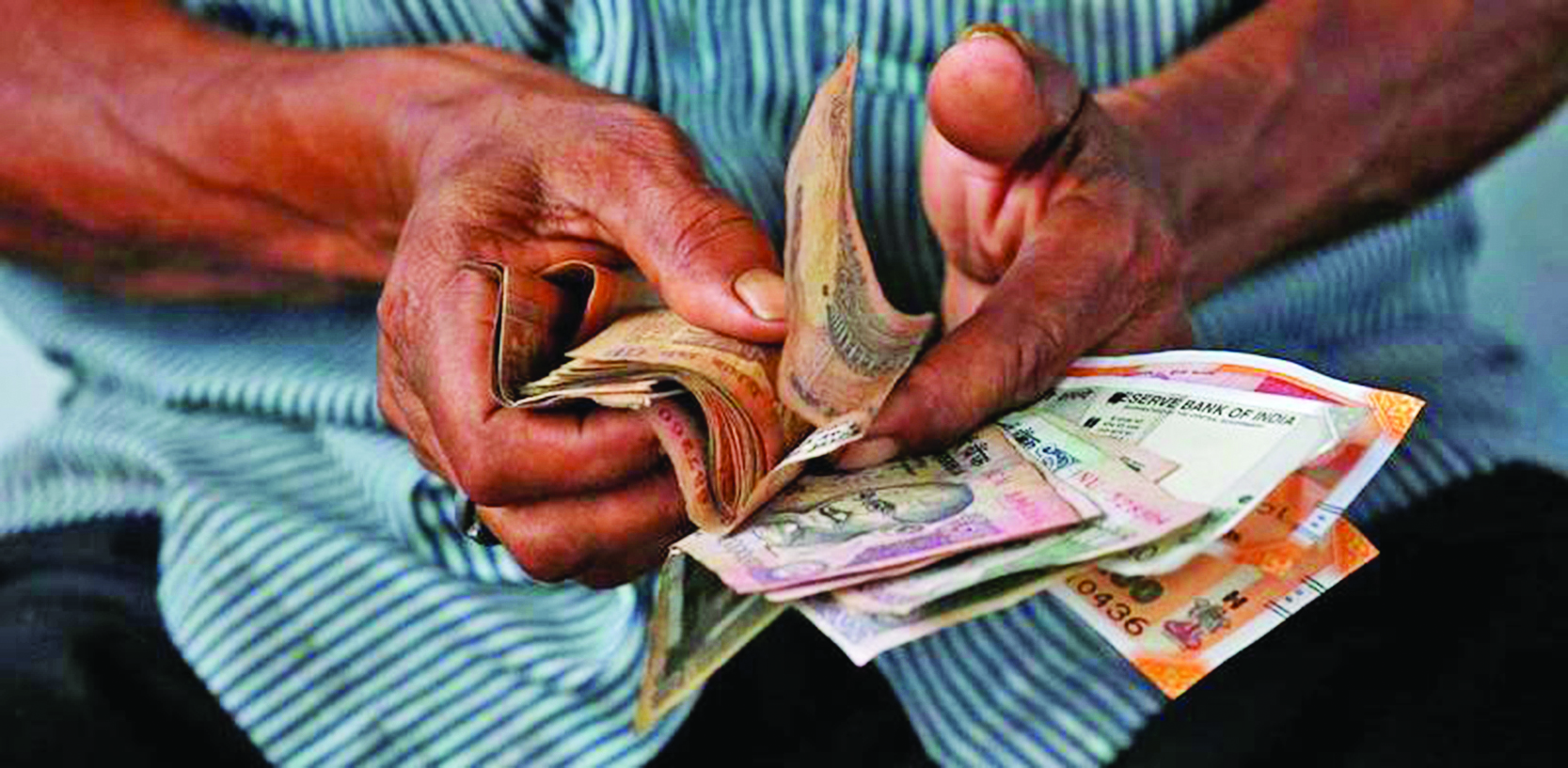India has witnessed an exponential rise in its share of the global economy in the last couple of decades. India’s merchandise exports saw a jump of a staggering $122 billion between 2012-13 and 2021-22 whereas its imports increased by $117 billion in the same period.
The rise in trade has also boosted the country’s foreign exchange (forex) reserves from $292 billion in 2012-13 to $607 billion at the end of the 2021-22 financial year. A strong forex reserve has hedged the Indian economy from international shocks. However, reliance on the US Dollar for forex trade, investment, and inflows implies incurring additional expenditure on exchange rates and rising costs of maintaining forex reserves.
In July 2022, the Reserve Bank of India (RBI) introduced a mechanism to facilitate international trade in Indian Rupee. The mechanism facilitates the settlement of import and export payments in Indian currency through a special Vostro account and places the Indian currency firmly on the path to internationalisation.
The Indian Rupee, which saw a decline in value vis-a-vis the US Dollar in the last few months, largely owing to rising oil prices (primarily due to the Russia-Ukraine conflict), strengthened its position in comparison to other major currencies. Moving the Indian Rupee towards internationalisation will not only further integrate the Indian economy into the global economy and strengthen the country’s financials but also open up new challenges around regulations, something Indian authorities need to account for well in advance.

















